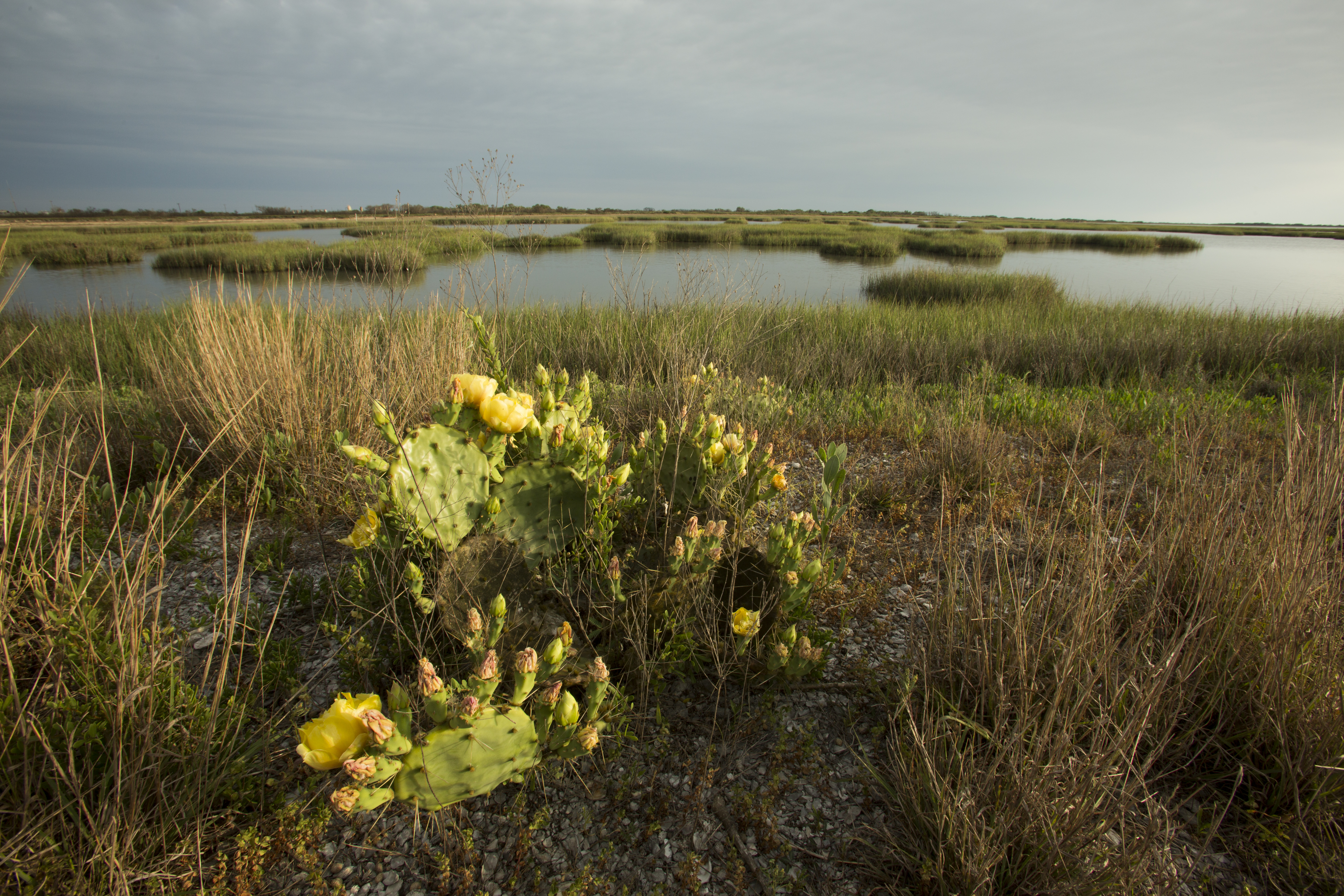We have much more to do and your continued support is needed now more than ever.
Making a Difference for the Gulf of Mexico

The National Wildlife Federation recently released a new interactive, online report – Making the Most of Restoration: Priorities for a Recovering Gulf. This report stresses the importance of restoring the Gulf’s estuaries—the places where rivers meet the sea, and fresh and saltwater mix. Estuaries are among the most important natural habitats in the world, serving as spawning, nursery, and feeding grounds for fish and shellfish, as well as many species of birds.
As we decide how to spend the newly-available Deepwater Horizon settlement funds, we need to let science guide our restoration choices. This means that projects must address restoration needs that tackle underlying stressors in an ecosystem. No one project will be a fix-all for the Gulf. It will take a combination of many multifaceted projects over the course of many years to move the needle on Gulf recovery.
The report highlights 50 projects, which are grouped into six categories, which aim to work synergistically to create benefits across the Gulf:
![]() Hydrologic Restoration – Most of the major rivers that flow into the Gulf of Mexico have been significantly altered, and in some cases estuaries may not have enough fresh water to maintain their ecological functions. Having an adequate supply of fresh water, in addition to ensuring proper circulation within estuaries, is critical for habitats such as wetlands and oyster reefs to thrive.
Hydrologic Restoration – Most of the major rivers that flow into the Gulf of Mexico have been significantly altered, and in some cases estuaries may not have enough fresh water to maintain their ecological functions. Having an adequate supply of fresh water, in addition to ensuring proper circulation within estuaries, is critical for habitats such as wetlands and oyster reefs to thrive.
![]() Sediment Diversions – The Mississippi River is straitjacketed by levees from the Midwest to the bird-foot delta. Sediment that once fed Louisiana’s wetlands and barrier islands is now sent deep into the Gulf of Mexico, causing Louisiana’s wetlands and marshes to disappear rapidly. Our recommendations in Louisiana will strategically re-connect the river’s fresh water and sediment with the eroding wetlands.
Sediment Diversions – The Mississippi River is straitjacketed by levees from the Midwest to the bird-foot delta. Sediment that once fed Louisiana’s wetlands and barrier islands is now sent deep into the Gulf of Mexico, causing Louisiana’s wetlands and marshes to disappear rapidly. Our recommendations in Louisiana will strategically re-connect the river’s fresh water and sediment with the eroding wetlands.
![]() Coastal Wetlands – Wetlands play a critical role in the Gulf ecosystem—providing habitat, filtering pollutants, stabilizing shorelines, and providing protection from storms. The Gulf Coast is home to more than half of all saltwater wetlands in the country, but wetland losses in the Gulf region have been massive, and with these losses comes declines in nursery habitat, storm surge buffering, and water quality.
Coastal Wetlands – Wetlands play a critical role in the Gulf ecosystem—providing habitat, filtering pollutants, stabilizing shorelines, and providing protection from storms. The Gulf Coast is home to more than half of all saltwater wetlands in the country, but wetland losses in the Gulf region have been massive, and with these losses comes declines in nursery habitat, storm surge buffering, and water quality.
![]() Oyster Reefs & Shorelines – Oyster reefs improve water quality, protect shorelines from storms and provide important habitat for many economically important species of fish and shellfish. But oyster reefs have declined dramatically across the Gulf for a multitude of reasons, such as over-harvesting, dredging, and human-induced changes in the quality, quantity and timing of freshwater flowing into estuaries.
Oyster Reefs & Shorelines – Oyster reefs improve water quality, protect shorelines from storms and provide important habitat for many economically important species of fish and shellfish. But oyster reefs have declined dramatically across the Gulf for a multitude of reasons, such as over-harvesting, dredging, and human-induced changes in the quality, quantity and timing of freshwater flowing into estuaries.
![]() Habitat Protection – The vast majority of the Gulf’s coastal lands are in private hands and include key habitats for fish and waterfowl. This adds up to roughly 250 million acres of privately held agricultural and forested lands. When and where appropriate, key parcels of coastal lands should to be purchased in order to protect them into perpetuity.
Habitat Protection – The vast majority of the Gulf’s coastal lands are in private hands and include key habitats for fish and waterfowl. This adds up to roughly 250 million acres of privately held agricultural and forested lands. When and where appropriate, key parcels of coastal lands should to be purchased in order to protect them into perpetuity.
![]() Barrier Islands – Barrier islands serve as a first line of defense against storms, protecting communities, wetlands, and other estuarine habitats, such as critical nesting and foraging grounds. However, many of the Gulf’s barrier islands are eroding rapidly, particularly in the Mississippi River Delta, and thus require significant attention.
Barrier Islands – Barrier islands serve as a first line of defense against storms, protecting communities, wetlands, and other estuarine habitats, such as critical nesting and foraging grounds. However, many of the Gulf’s barrier islands are eroding rapidly, particularly in the Mississippi River Delta, and thus require significant attention.
By focusing on projects that work together to benefit the Gulf, we can maximize the restoration bang for the buck and move the needle towards Gulf recovery. The projects in the National Wildlife Federation’s new report aim to enhance the ecological functioning of these critical habitats, thus supporting productivity of the entire Gulf ecosystem and the economy that depends on it.
The National Wildlife Federation is on the ground in all five Gulf states, working to restore the Gulf of Mexico!






















